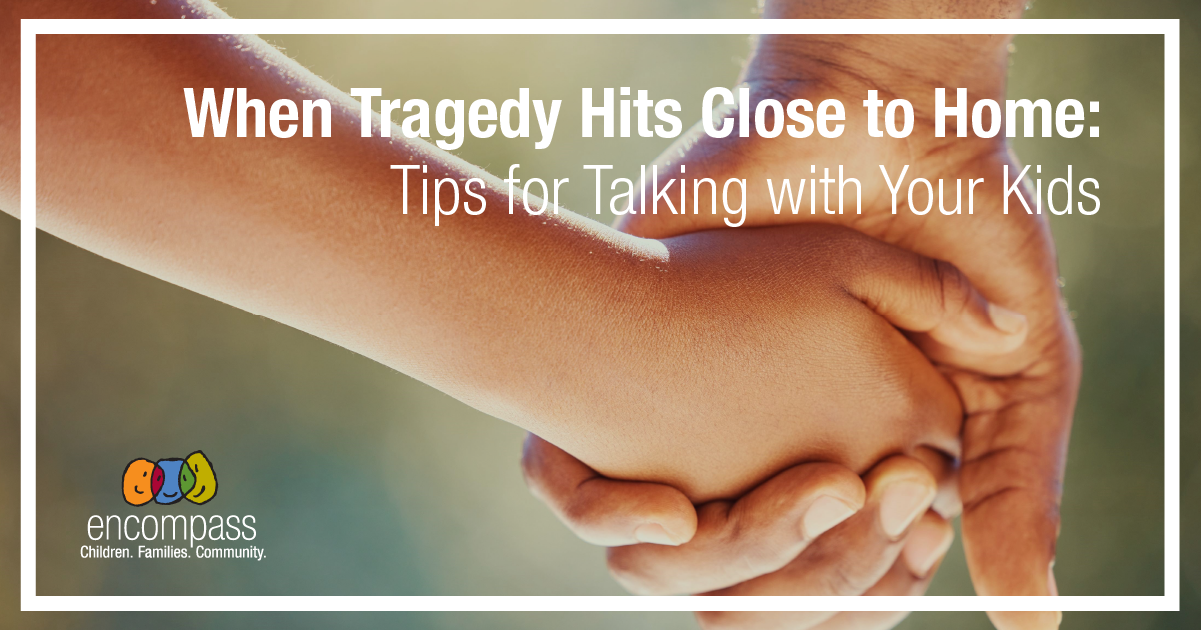When Milk Intake Impacts a Child’s Nutrition

Common complaints I hear from parents of toddlers and preschoolers are “my child does not eat enough,” and “my child only eats a limited variety of foods.” You may be surprised to learn that when reviewing the dietary patterns of many of these children, a culprit that comes up time and time again is too much milk.
Often fluids are overlooked in a child’s overall diet and we focus on the foods, or lack of foods, in the diet. For many children, transitioning from a milk-based diet to a food-based diet can be challenging. Replacing the breast milk or formula a child has been consuming with cow’s milk or other milk substitutes can seem like an easy solution. Additionally, for busy toddlers, it is much easier for them to drink rather than eat their calories!
However, while breast milk and formula provide the appropriate amount of nutrition for an infant, cow’s milk (or milk substitutes) do not provide sufficient nutrition needed for a toddler’s growing body. The problem with drinking large amounts of milk is that it fills up a little person’s stomach (which is about the size of her fist), telling her brain that she is full. Most kids are very adept at listening to their hunger cues, so once they fill up on whatever non-water fluid they are drinking, they will refuse to eat or will eat very little at mealtime.
Milk does contain a lot of nutrition and is a healthy part of a child’s diet, but as with most things, moderation is the key.
So what is an appropriate amount of milk for children to consume?
- For 1-2-year-olds, the recommended daily allowance is roughly 16 ounces per day and even less if your child is eating yogurt. Yogurt can replace milk ounce for ounce, as it has the same amount of calcium as milk. The ideal portion size is 4 ounces of milk, 3-4 times per day. Toddler bodies can only absorb the calcium from 4 ounces of milk at a time. If a toddler drinks more than 4 ounces of milk in one sitting, his body will only absorb calcium from the first 4 ounces and he will excrete the rest.
- For 3-4-years-olds, 16-20 ounces of milk (or yogurt) is recommended per day, drinking only up to 6 ounces at a time.
Why is drinking too much milk not a good thing?
- Too much calcium can prohibit the absorption of iron, which can cause iron deficiency anemia. Anemia can lead to decreased energy and lowered immune systems, leaving children more susceptible to colds.
- Because too much milk can make tummies feel full, it can also lead to decreased consumption of iron-rich foods in a child’s diet, which further exacerbates the risk of iron deficiency anemia.
- Eating a decreased amount of food can also lead to a decreased intake of all the other nutrients their bodies need.
What strategies can I use to decrease the amount of milk in my child’s diet if I suspect that it may be negatively affecting food intake?
- For those toddlers still on the bottle, wean them off the bottle (way easier said than done, I know). Instead, try offering milk in a cup (sippy cup or straw). Often, if you are able to wean your child from the bottle, milk intake immediately goes down. If your child is less than 1, start weaning off the bottle before 11 months old. Start offering breast milk or formula in a cup so they have time to get used to it. That way, once they turn 1, it can be an easier transition to wean off the bottle.
- Measure out 4 ounces or ½ cup (or 6 ounces or ¾ cup for the preschooler) and see what that portion size looks like. You may be amazed by how little it really is! Keep this in mind when pouring out milk for your child.
- Offer milk only at mealtime and at snack time. If they are still thirsty, give them water at mealtimes, and offer water throughout the day, not juice, Gatorade, etc. (These drinks are for another discussion.)
- Be realistic about the time it will take for your child to adjust to less milk and increase her food intake. Sometimes it takes several days for you to notice an increase in food consumption, and know that most likely your child will not starve during this transition.
- If you are concerned about bone health, multiple studies have found that when children are active, jumping up and down and putting pressure on their bones, they are actually making them stronger. So keep the toddlers active with age-appropriate movement!
Again, milk can be a nutritious part of the diet, just don’t overdo it. Make milk part of a diet that involves a variety of foods to ensure your child gets adequate overall nutrition.














